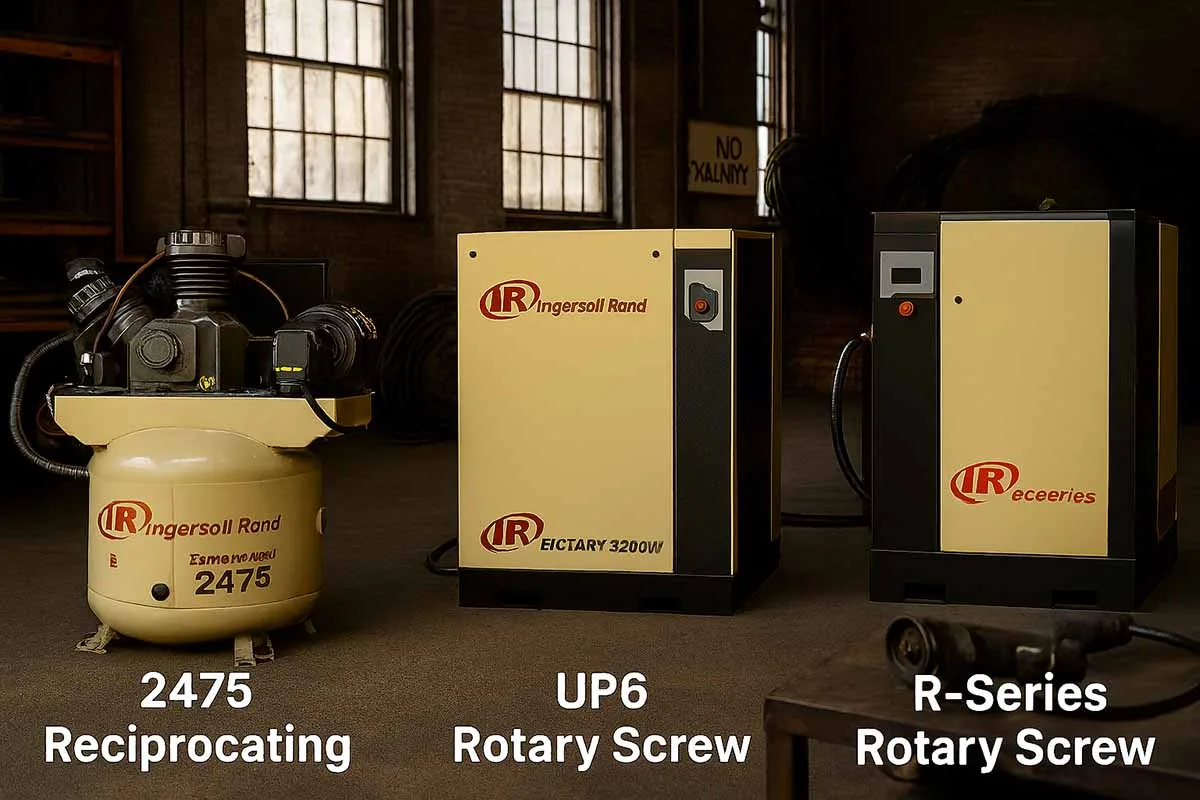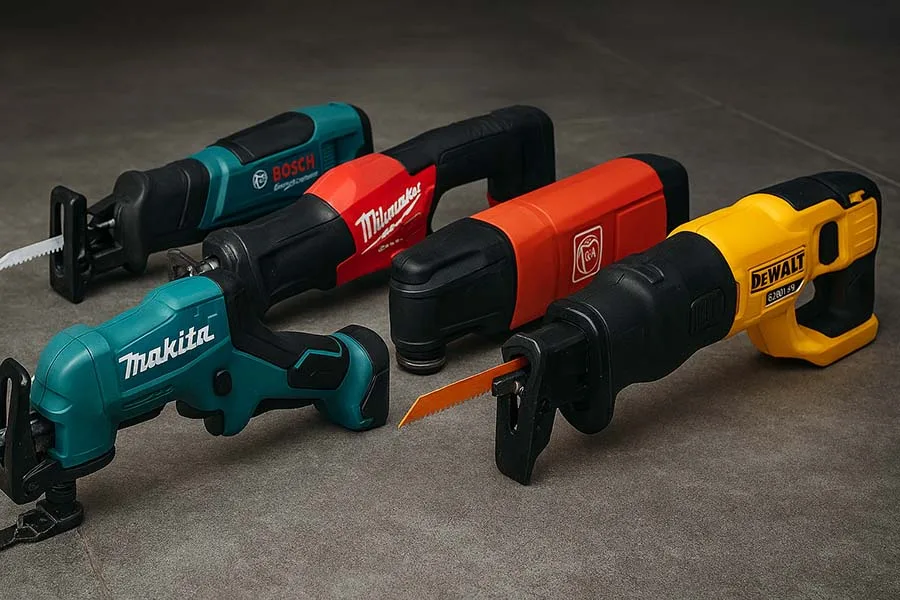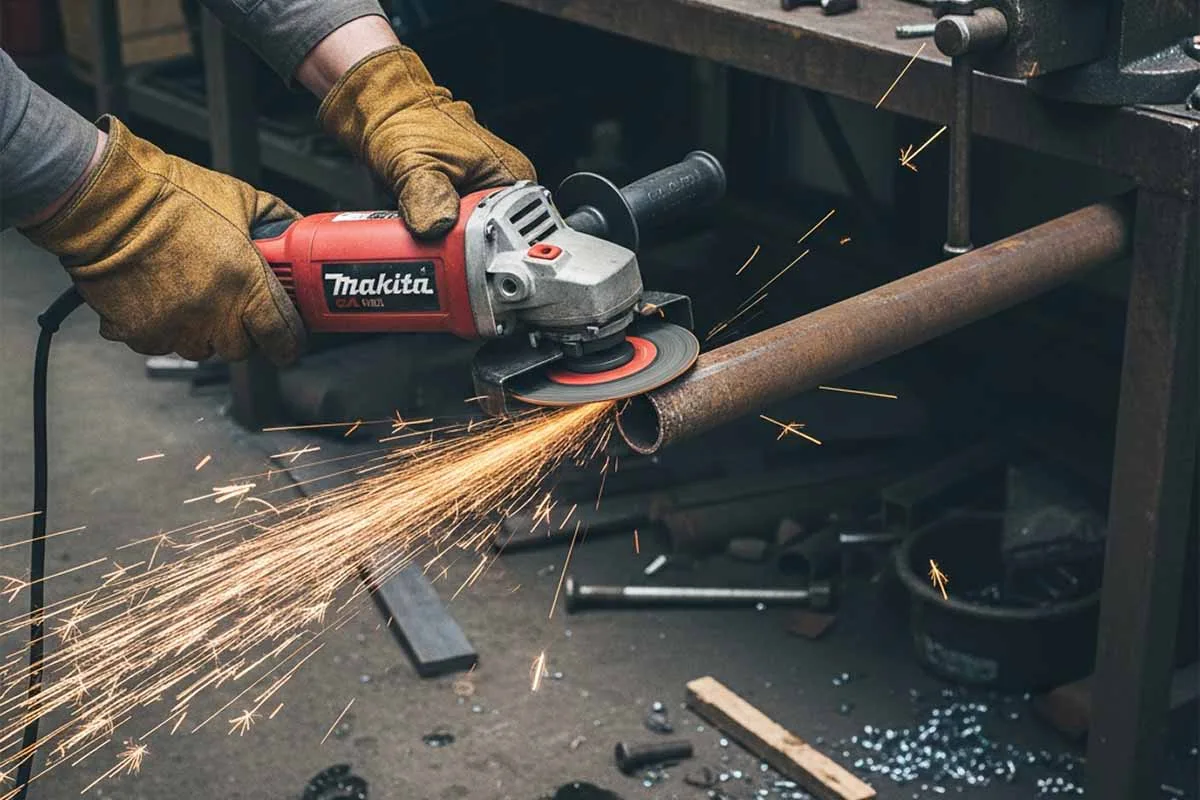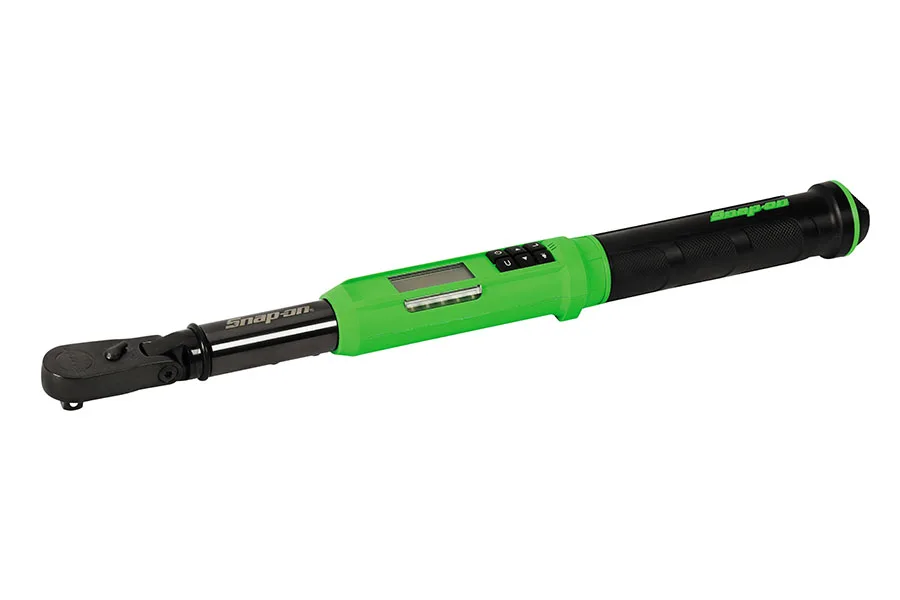Introduction: Why Choosing the Right Compressor Matters
Compressed air powers everything from paint sprayers to robotic arms. But choosing the wrong compressor can lead to inefficiency, downtime, and costly repairs. Whether you’re running a small workshop or a high-volume production line, selecting the right model affects your workflow, energy costs, and long-term reliability.
Ingersoll Rand offers three standout options—the rugged 2475, the compact UP6, and the advanced R-Series. Each serves a different purpose, and this guide will help you match the right tool to your operation.
Key Factors to Consider Before Buying
Before investing, assess these critical factors:
- Air Demand (CFM): Match compressor output to your tool requirements.
- Pressure Needs (PSI): Higher PSI supports more demanding applications.
- Duty Cycle: Continuous vs. intermittent use—don’t under-spec.
- Noise Level: Consider proximity to workstations or noise-sensitive areas.
- Footprint & Installation: Vertical vs. horizontal tanks, modular vs. integrated systems.
- Maintenance Requirements: Belt tension, oil changes, filter replacements.
- Smart Features: Remote monitoring, diagnostics, auto start/stop.
- Budget & ROI: Balance upfront cost with long-term efficiency and uptime.
⚙️ Features and Specifications Explained
| Feature | 2475 (Reciprocating) | UP6 (Rotary Screw) | R-Series (Rotary Screw) |
|---|---|---|---|
| Compressor Type | Two-stage piston | Fixed-speed screw | Advanced screw (VSD opt) |
| Horsepower | 5–10 HP | 5–15 HP | 55–355 kW |
| Max Pressure | 175 PSI | 200 PSI | 200 PSI |
| Air Delivery | Up to 24 CFM | Up to 50 CFM | Up to 2000+ CFM |
| Noise Level | Moderate | Low (65 dBA) | Very Low |
| Duty Cycle | 100% | Auto start/stop | Continuous |
| Smart Monitoring | No | No | Yes (Helix™ platform) |
| Dryer Option | External | Integrated (TAS) | Modular add-on |
| Ideal Use Case | Auto/fleet shops | Small workshops | Large-scale operations |
Common Mistakes to Avoid
- Overbuying: Don’t pay for features you won’t use (e.g., Helix™ if you don’t need remote access).
- Under-specifying: Choosing a compressor with too low CFM or PSI leads to tool underperformance.
- Ignoring Noise Levels: A loud compressor in a quiet shop can disrupt productivity.
- Skipping Air Treatment: Moisture ruins tools and finishes—always plan for drying.
- Neglecting Maintenance Access: Tight installations make servicing a nightmare.
Recommended Top Picks
Here’s how the three models stack up for different buyer profiles:
- Best for Heavy-Duty Reliability: Ingersoll Rand 2475 Ideal for auto shops, fleet maintenance, and metalworking.
- Best for Compact Efficiency: Ingersoll Rand UP6 Series Perfect for small workshops needing quiet, clean air.
- Best for Smart, Scalable Operations: Ingersoll Rand R-Series Built for manufacturers, automation lines, and facilities with high air demand.
Best Ingersoll Rand Air Compressors FAQ
Interesting & Lesser-Known Facts
Interesting Fact: The R-Series is so quiet it’s often installed directly on the production floor—no compressor room needed.
Lesser-Known Fact: The 2475’s overhung crankshaft design eliminates internal bearings, reducing friction and simplifying maintenance.
Further Read
- Ingersoll Rand
- Ingersoll Rand 2475 Review: Heavy-Duty Reciprocating Air Compressor
- Ingersoll Rand UP6 Series Review: Compact Rotary Screw Compressor
- Ingersoll Rand R-Series Review: High-Efficiency Rotary Screw Compressors for Industrial Demands
- Best Ingersoll Rand Air Compressors: 2475 vs UP6 vs R-Series Buying Guide
Conclusion: Choose Smart, Breathe Easy
Choosing the right compressor isn’t just about specs—it’s about matching your workflow, space, and future growth. Whether you need the rugged simplicity of the 2475, the plug-and-play efficiency of the UP6, or the smart scalability of the R-Series, Ingersoll Rand has a solution built to last.
Have experience with any of these models? Drop your tips or stories in the comments. Share this guide with a colleague who’s compressor shopping—we’re building smarter workshops together.
Share on LinkedIn, Reddit, or your favorite industrial forum. Your insight could help someone make a confident, informed decision.





